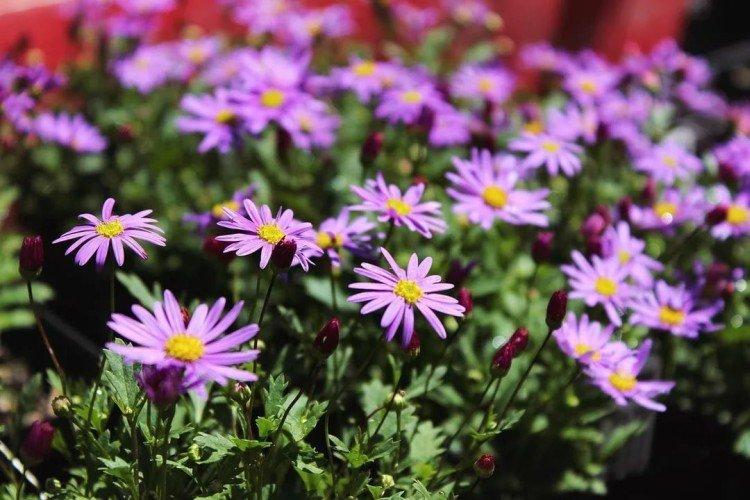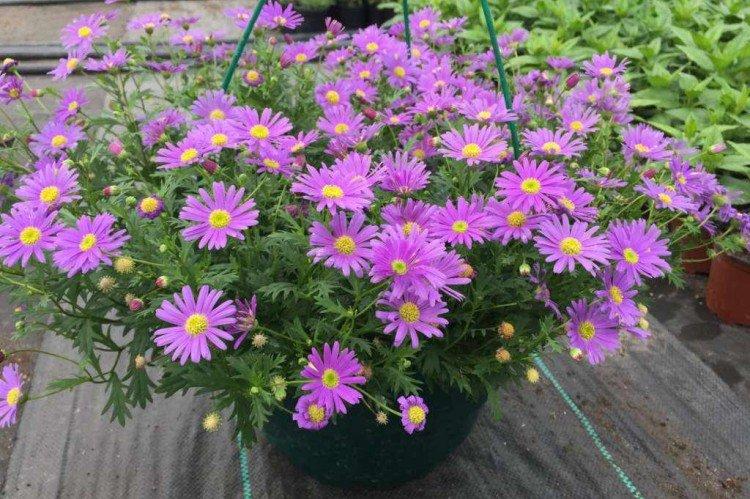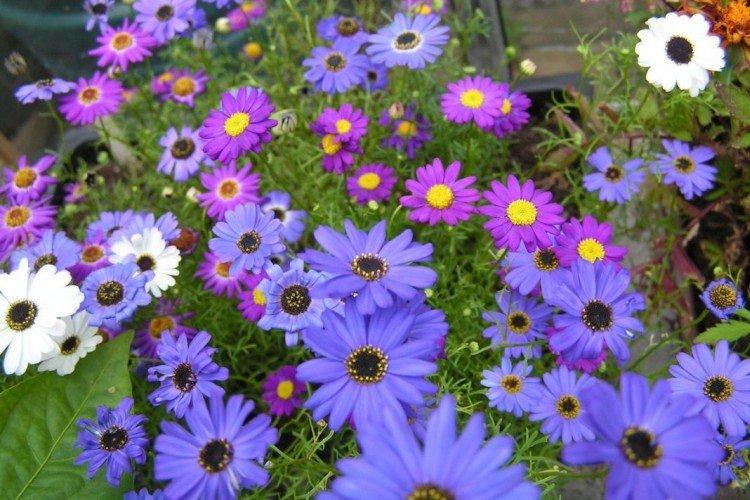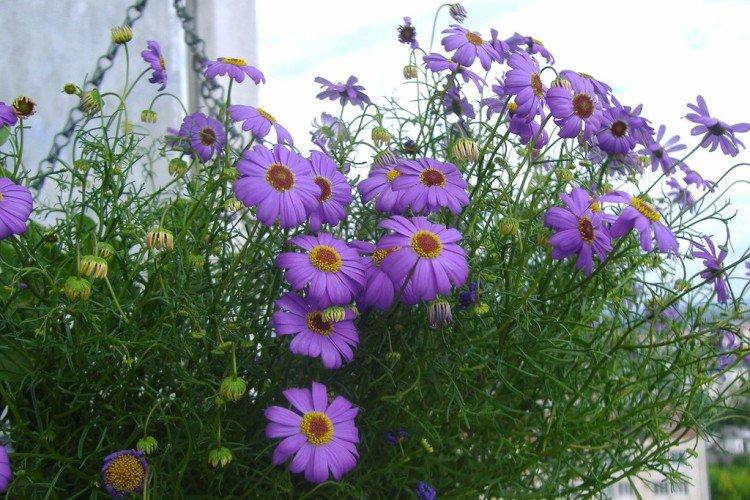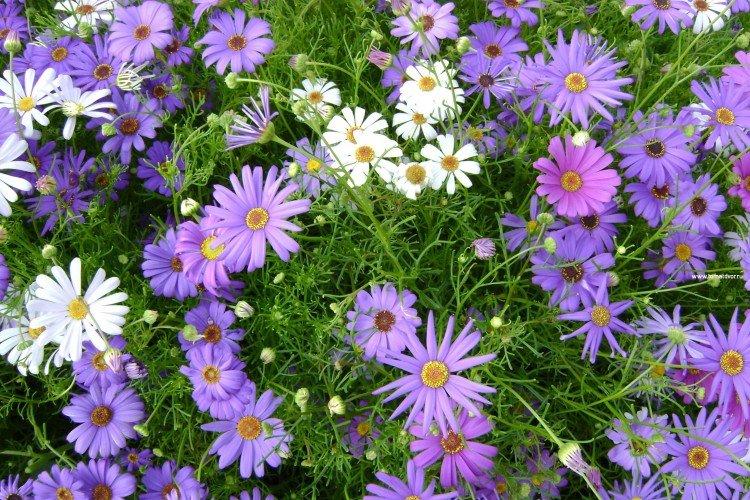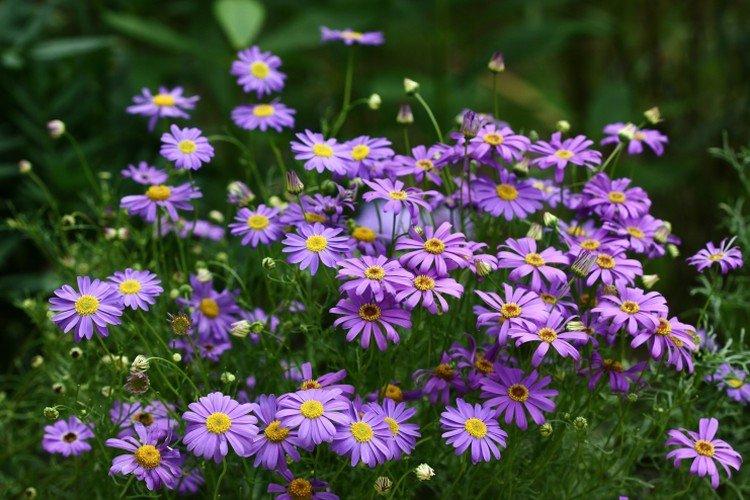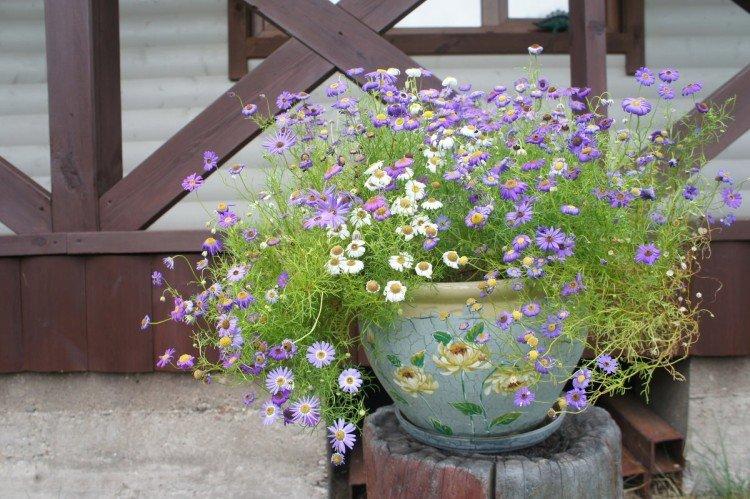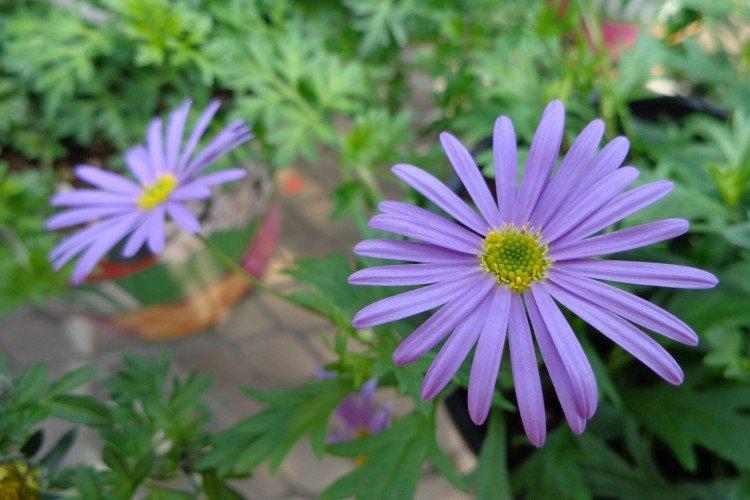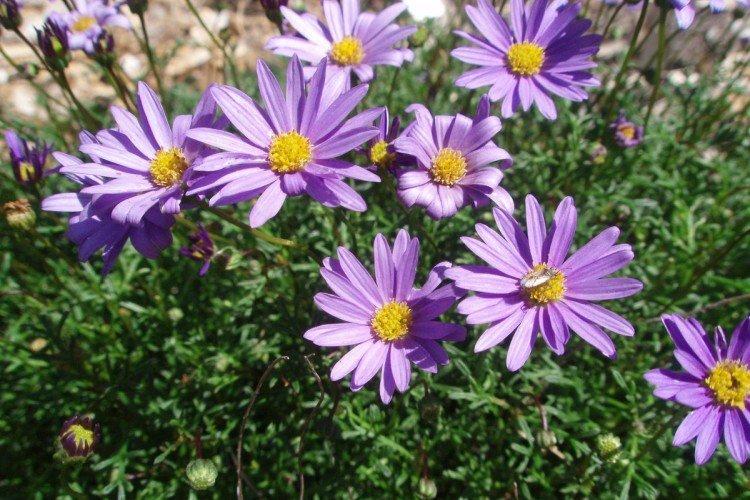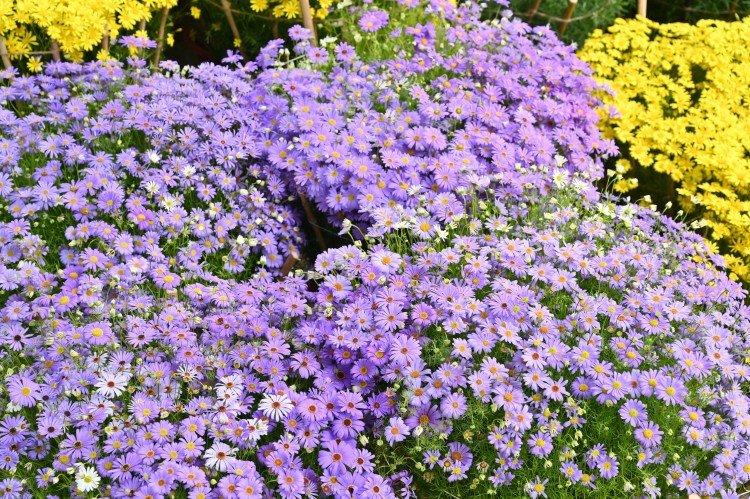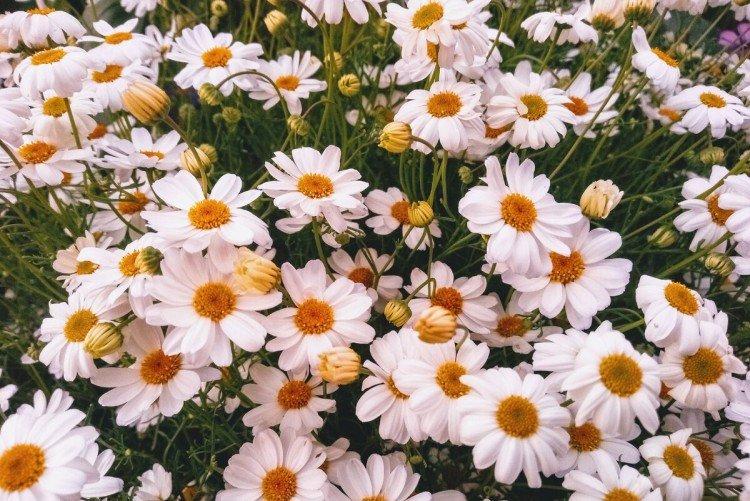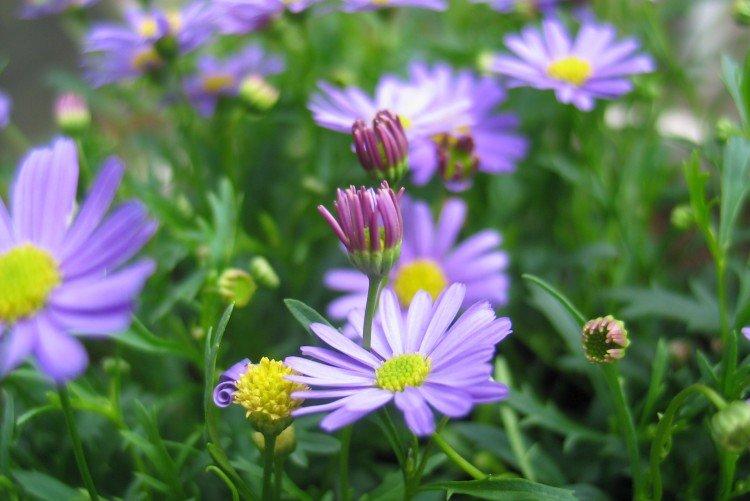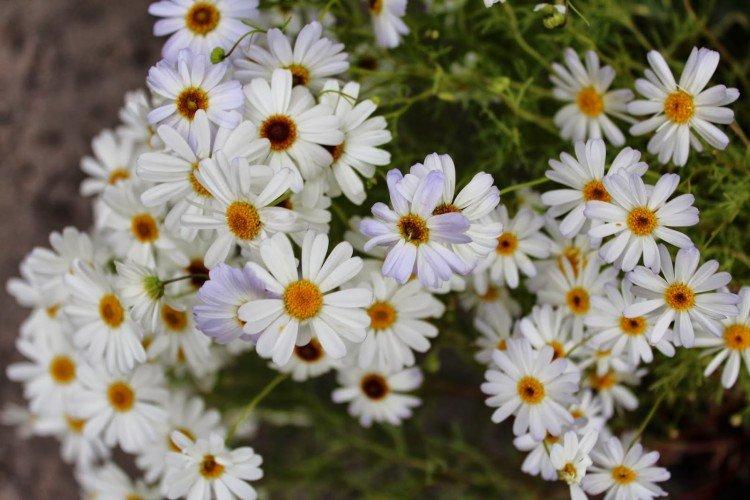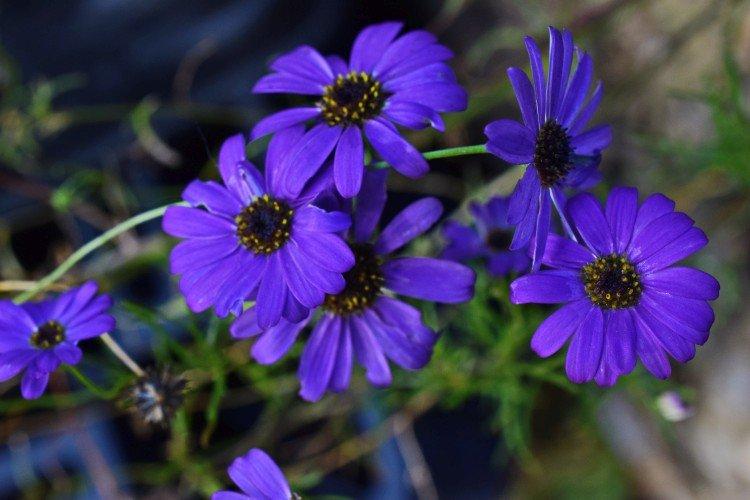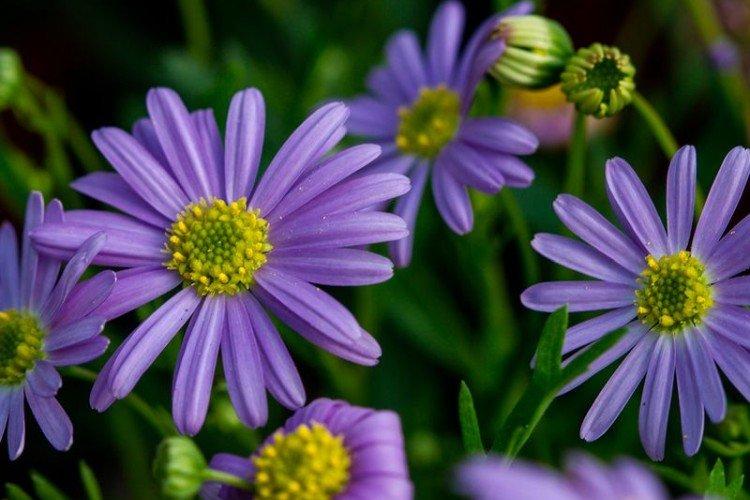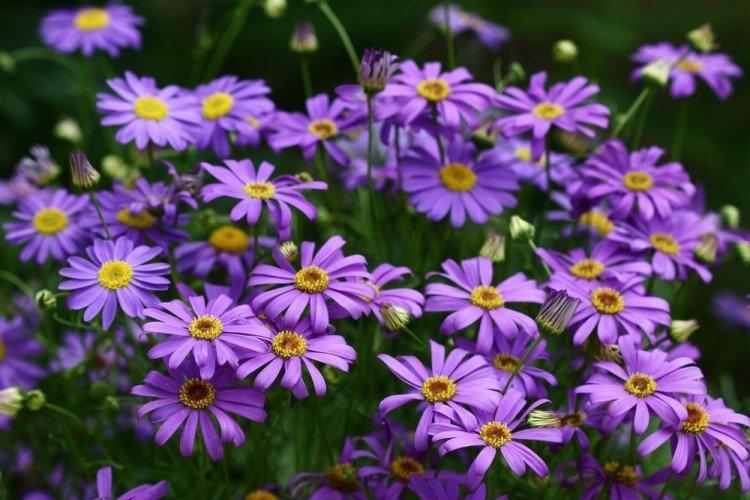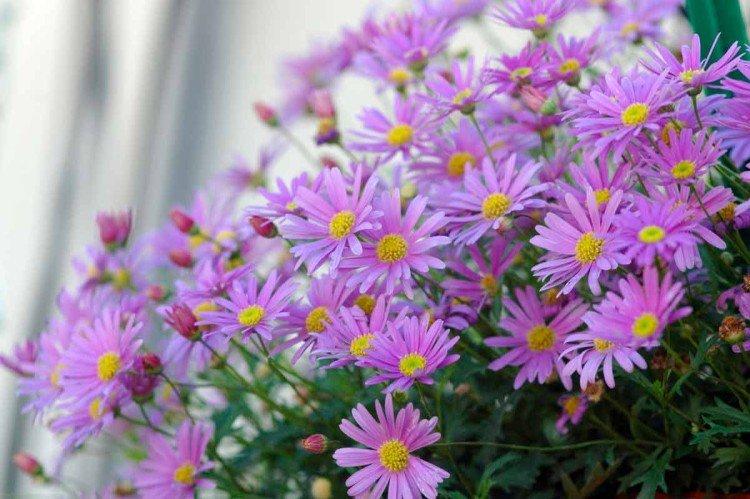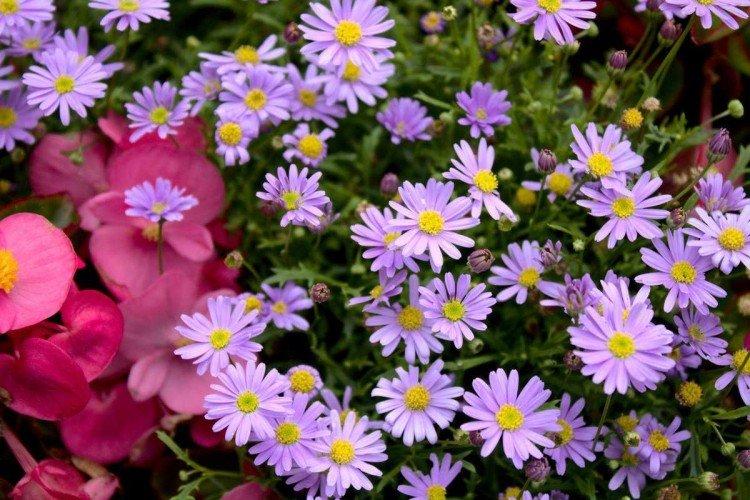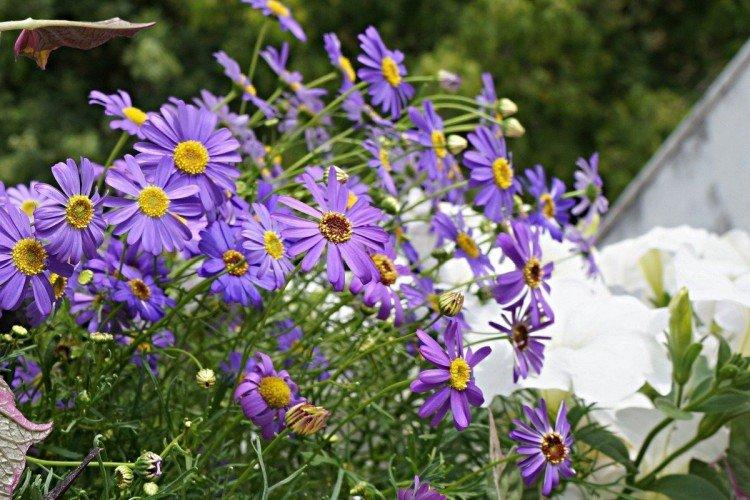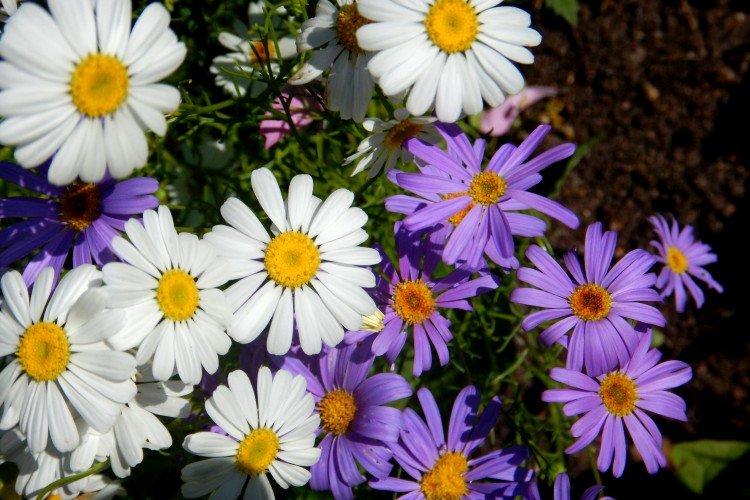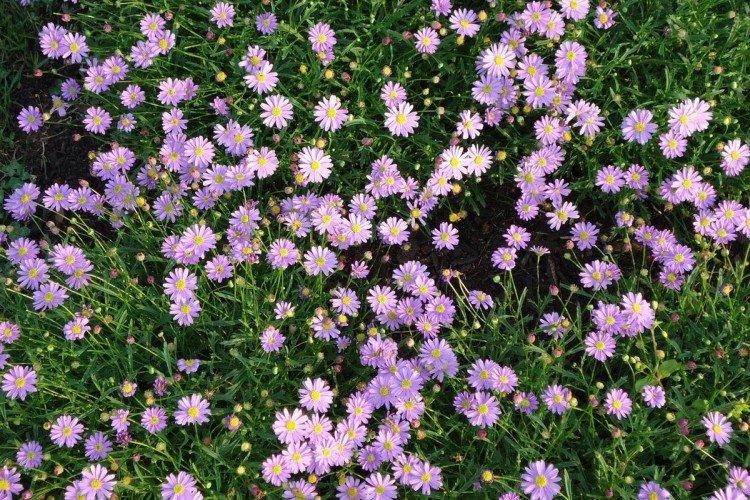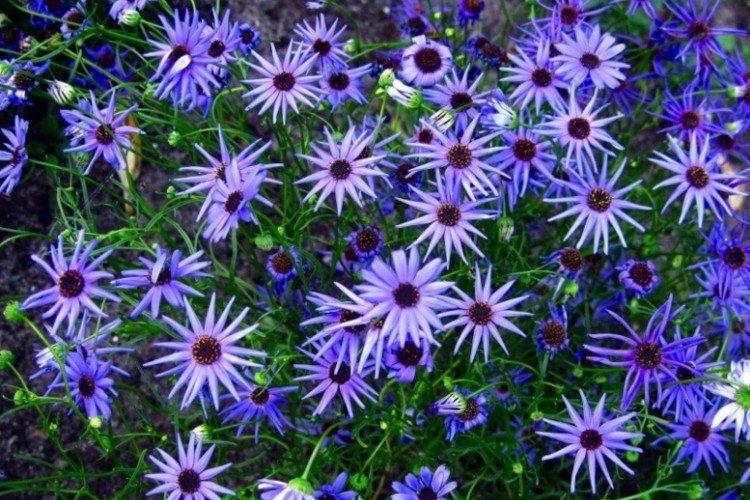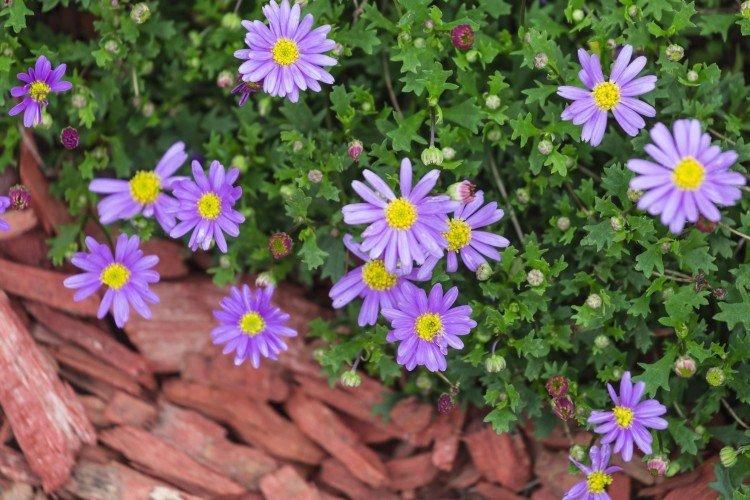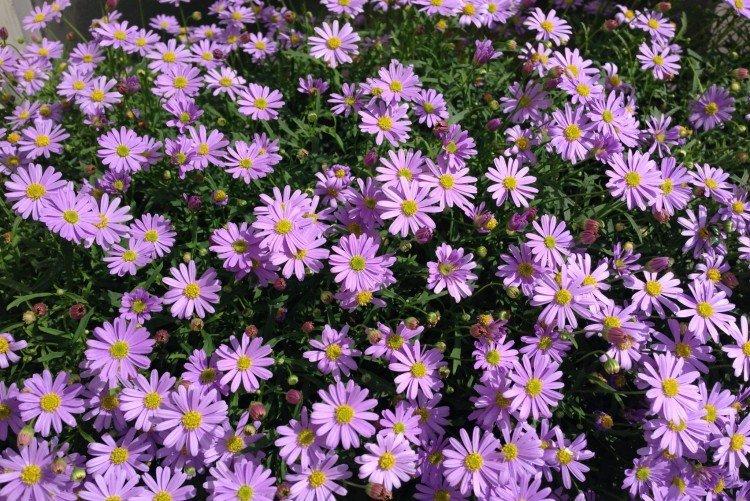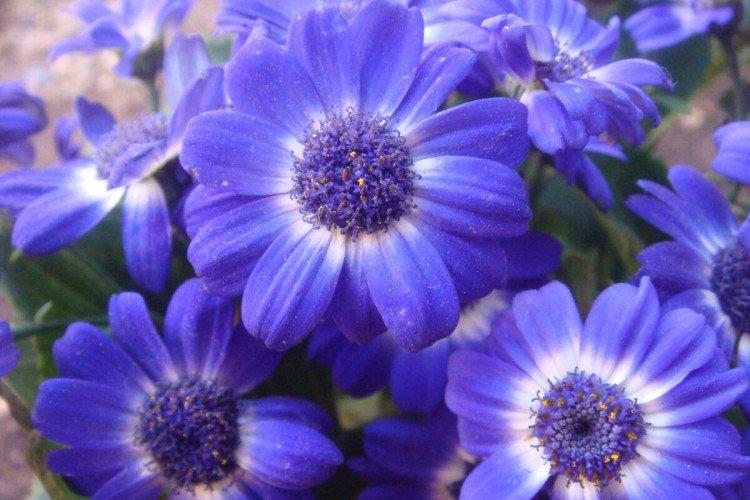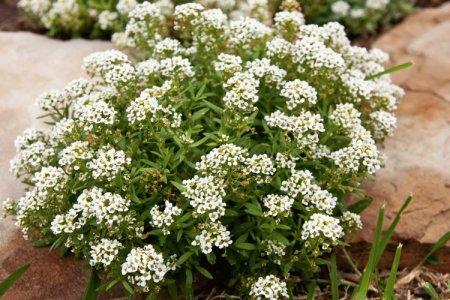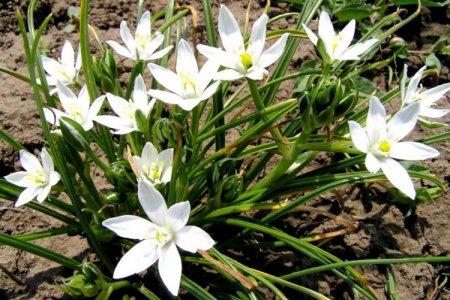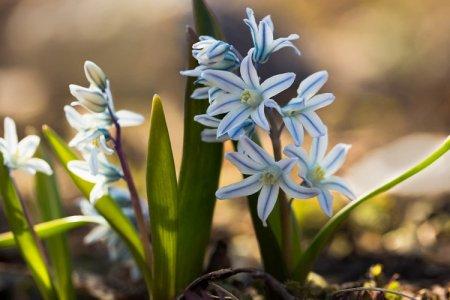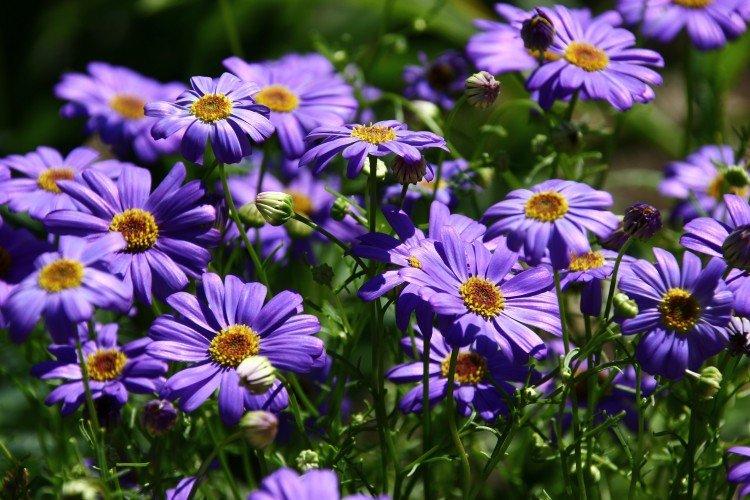
The delicate and beautiful brachycoma is often undeservedly forgotten in the lists of ornamental garden plants. And we would like to get rid of this injustice. So we tell you why she is so good!
general information
Brachikoma is an ornamental annual that belongs to the Aster family with their characteristic inflorescences-baskets. This is a very interesting plant, if only because it came to us from Australia. Some species can be grown as perennials, but only in the southern regions and no more than 3 years.
The brachicoma has thin shoots and the same thin leaves. Gradually, they form a dense bush up to 30 cm, which in July blooms with bright inflorescences of all shades of purple. The diameter of one flower is about 4 cm, and there are up to 100 of them on a bush.
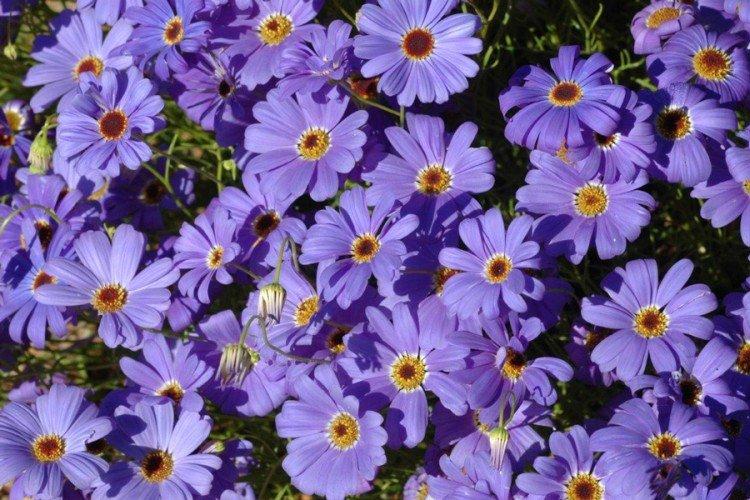
Brachicoma types
Of the several dozen species of brachycoma in Russia, only two can be grown. So it is with them that we will introduce you today!
Iberisoliferous brachycoma
Tall Australian perennial is distinguished by dissected green leaves, densely covering the shoots. It blooms throughout the summer until the first frost with blue, pink and purple baskets. Popular varieties are Waltz, Blue Star, Bravo, Margarita, Manjenta Delight and Summer Skies.
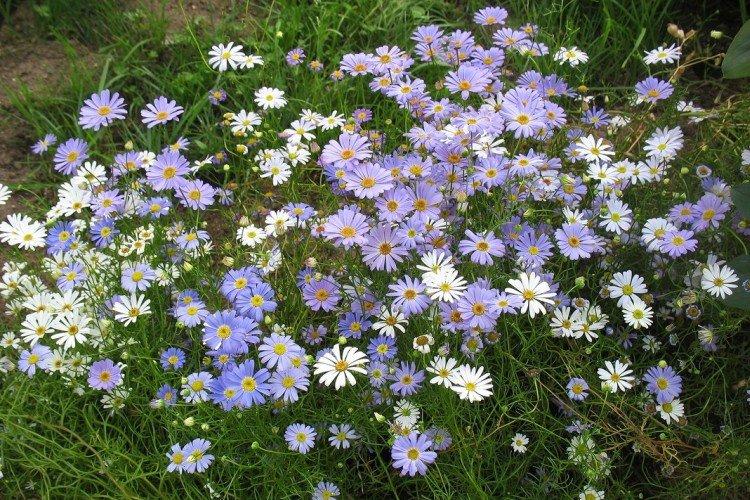
Multipart brachycoma
This species has smaller and narrower lanceolate leaves and pink, white, or purple flowers. This is an excellent choice for poor, rocky soil, because the multipart brachycoma is called the mountain daisy.
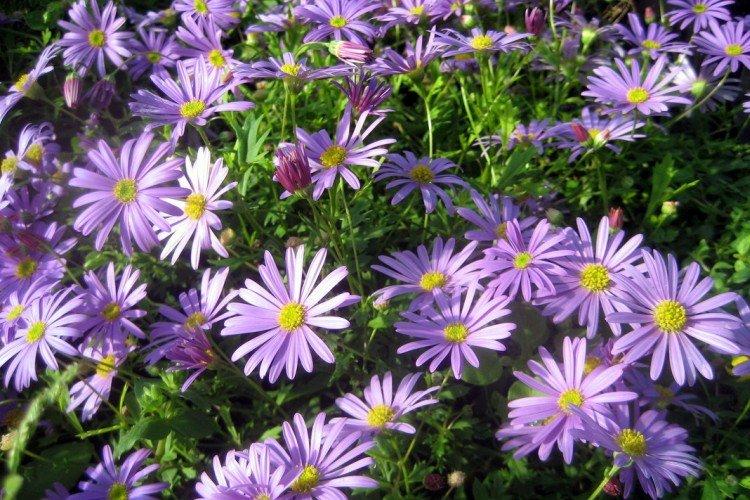
Brachicoma care
Brachikoma tolerates heat and drought well, but very badly - frost and cold. But she, like most annuals, has a very significant plus - unpretentiousness!
Temperature and lighting
The optimum temperature for sprouting brachicoma is 18-20 degrees. It is transplanted into the garden when the threat of frost has finally passed. Considering that this is an Australian inhabitant, the plant prefers bright and abundant sunlight.
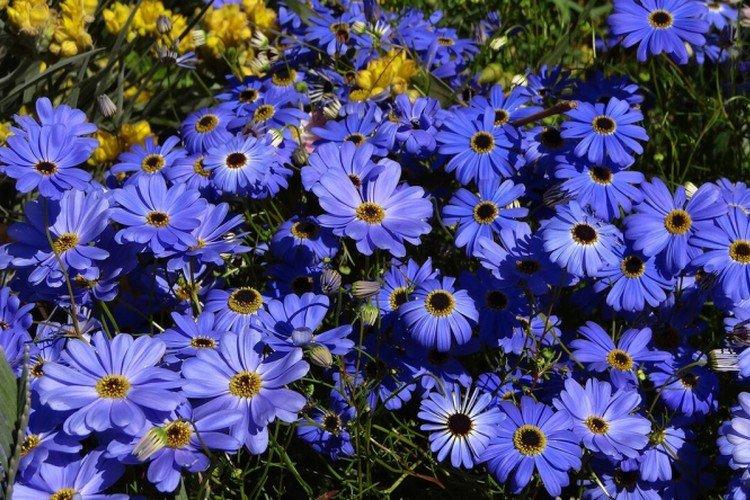
Watering
Brachikoma grows better on dry soil, so it needs sparse and moderate watering. Constant humidity not only leads to the development of fungus, but can also completely destroy the plant.
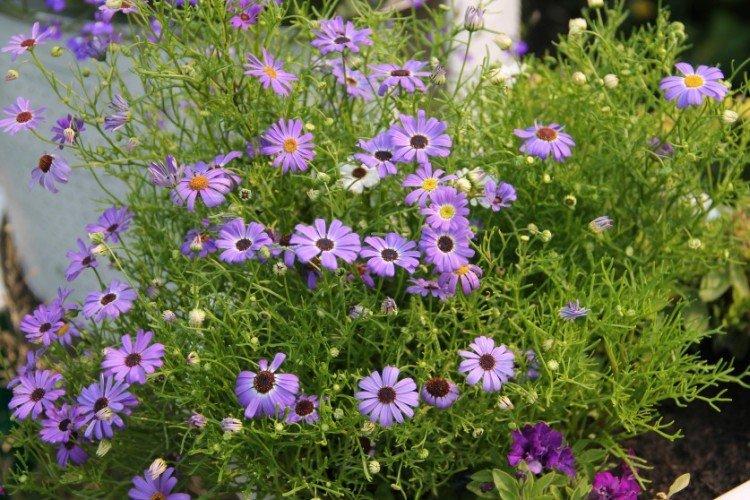
The soil
The soil should be sufficiently dry and as loose as possible. Take care of a good drainage layer and do not forget to periodically dig up the soil. Too wet and heavy soils will not work for brachycomas.
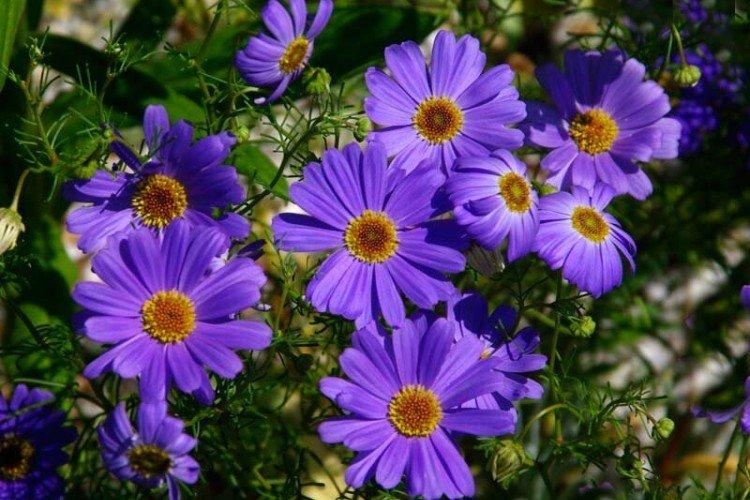
Fertilizers and feeding
Over the summer, brachycea is fed only three times with ordinary universal fertilizer in a reduced concentration. You can sprinkle the soil on top with a thin layer of ash.
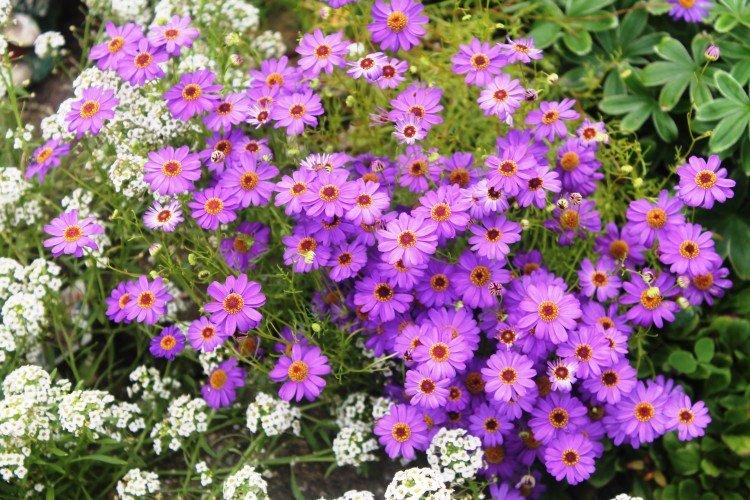
Pruning
Brachikoma grows rapidly and chaotically, so we advise you to form the bushes beautifully from the outset. This is what will ensure uniform and abundant flowering. Pinch the tops of the longest shoots regularly and remove wilted buds.
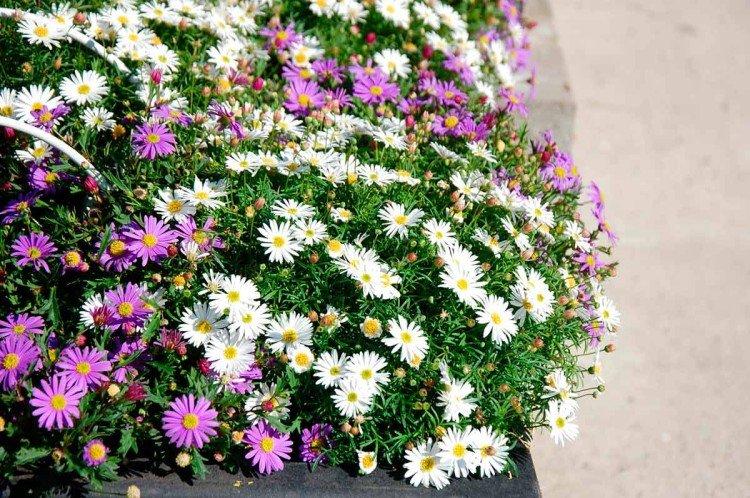
Wintering
If desired, in the first half of autumn, carefully dig out the brachicoma bushes, plant in pots and bring them into the room. If seeds are needed, they are harvested before transplanting. If the plant has enough warmth and light, it will bloom at home during the winter.
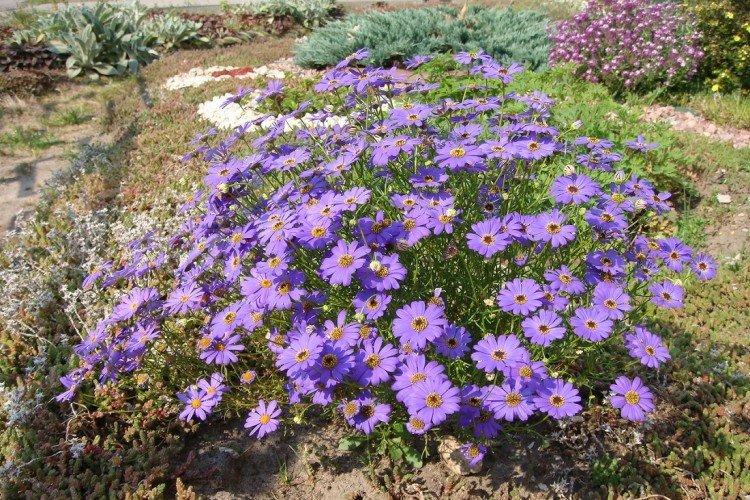
Planting and breeding brachicoma
Brachicoma can be planted with seeds directly into the ground, but in order for it to bloom earlier, we advise you to germinate the seedlings first. Fill small containers with light soil mixture and spread the seeds evenly over the surface without burying them. Cover the container with foil and wait for the shoots in a week.
After the appearance of several full-fledged leaves, the brachicoma can be dived into separate cups. When transplanting, gently pinch the main root and then spray the plant with warm water. Before planting in the ground at the end of May, first harden the seedlings outdoors for several hours a day.
Be sure to make a good drainage layer of expanded clay. Plant bushes at least 20 cm apart because they will grow quickly. The brachycoma blooms about 12 weeks after germination.
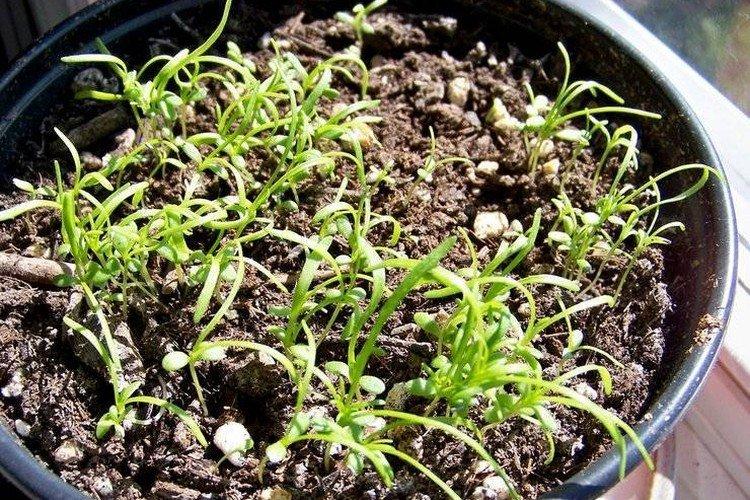
Pest and disease control
Brachycoma almost does not get sick, and its biggest problem is rotting roots and shoots due to high humidity. For minor damage, dig up the plant, cut off the affected areas, treat with fungicides and transplant to a dry place. If the bush is badly damaged, it will have to be destroyed.
Snails love to feast on the leaves of brachycoma, and, unfortunately, they will have to be collected by hand. We advise you to use deterrent drugs for prevention. Whiteflies also like the plant, which also reproduce quickly. Here you can not do without urgent insecticide treatment.
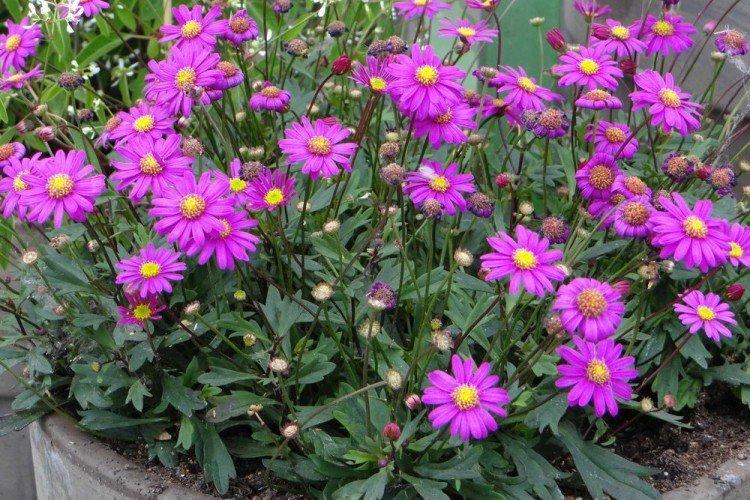
Brachikoma - photo
Openwork and profusely flowering brachicoma bushes are a real find for any area. Do you doubt it? Then take a look at this collection of photos!
